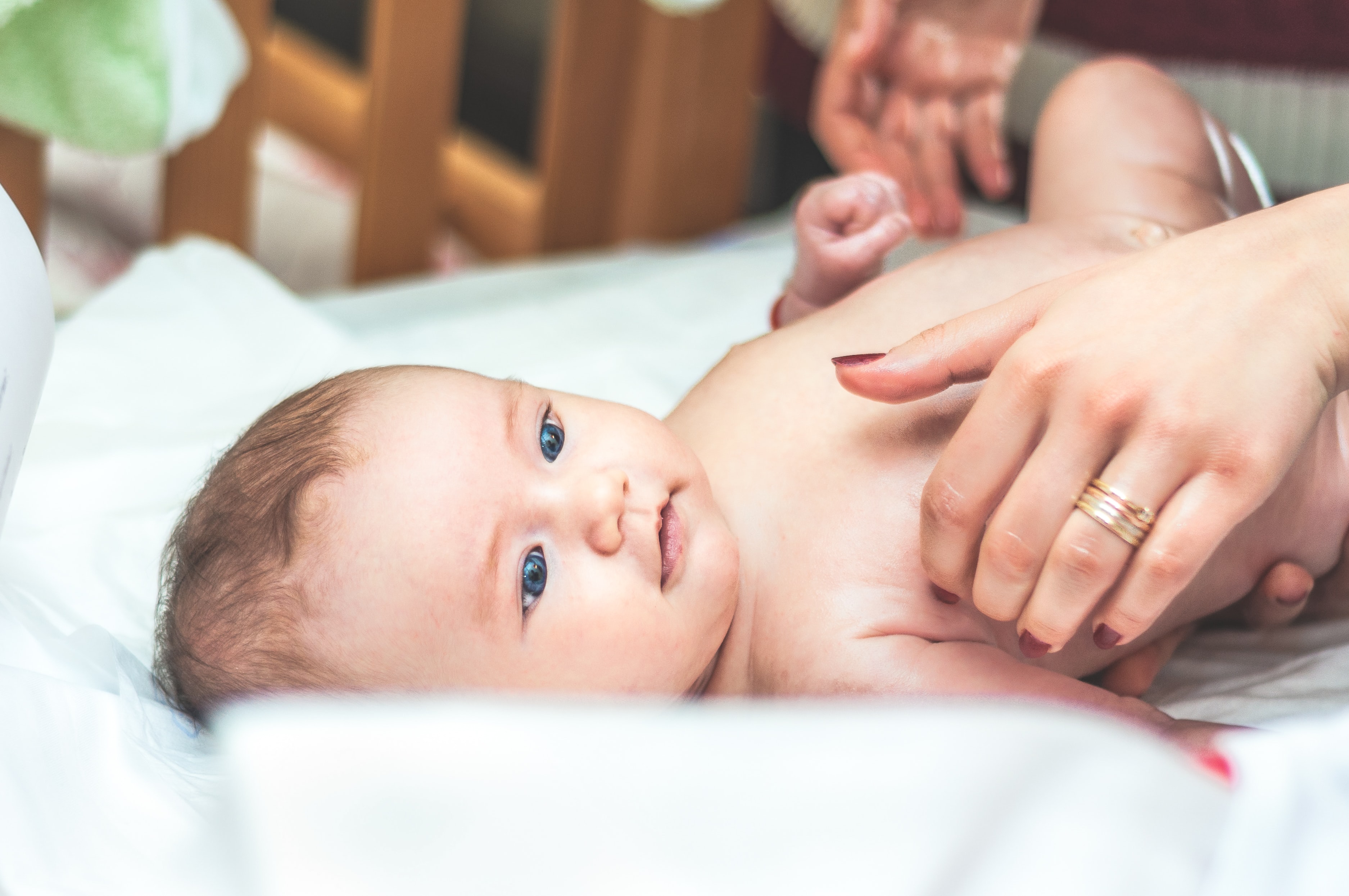 |
|
A valid predictor of RNFL thickness later in life is fetal head circumference, study finds. Photo: Dragos Gontariu on Unsplash. |
Prematurely delivered babies are susceptible to any number of developmental concerns, and ocular issues are of course in play too, as retinopathy of prematurely has potentially lifelong consequences for eye and vision health. It turns out that even infants delivered full term can be affected by gestational factors related to their ocular development.
Upon exploring the relationship between patterns of fetal anthropometric growth—reflective of fetal well-being—and global retinal nerve fiber layer (RNFL) thickness measured in young adulthood, researchers recently found that fetal head circumference growth was associated with RNFL thickness and, moreover, a better predictor than either weight or head circumference at birth.
The study included 481 participants who underwent five serial ultrasound scans during gestation, with fetal biometry measured at each. Optic disc parameters were measured via spectral-domain OCT imaging at a 20-year follow-up eye examination. Generalized estimating equations were used to evaluate differences in global RNFL thickness between groups of participants who had undergone similar growth trajectories based on fetal head circumference, abdominal circumference, femur length and estimated fetal weight.
Participants with consistently large fetal head circumferences throughout gestation had significantly thicker global RNFLs than those with any other pattern of fetal head circumference growth, even after adjusting for potential confounders. Model fit statistics demonstrated that fetal head circumference growth trajectory was a better predictor of global RNFL thickness than weight or head circumference at birth. RNFL thickness did not vary significantly between groups of participants with different growth trajectories based on abdominal circumference, femur length or estimated fetal weight.
“This research demonstrates an association between intrauterine growth and long-term optic nerve health, providing a basis for further exploring the extent of the influence of fetal wellbeing on clinical conditions linked to RNFL thinning,” the study authors wrote in their paper.
Dyer KIC, Sanfilippo PG, Yazar S, et al. The relationship between fetal growth and retinal nerve fiber layer thickness in a cohort of young adults. Transl Vis Sci Technol. July 12, 2022. [Epub ahead of print]. |

